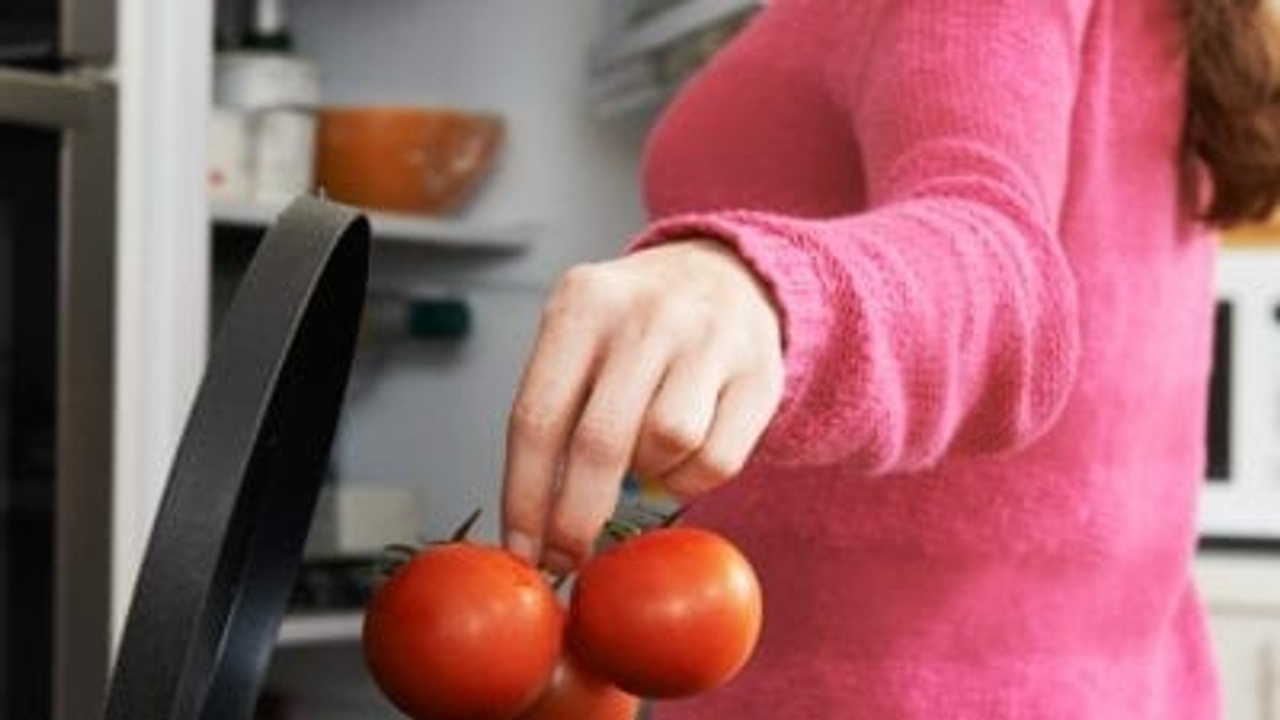
This morning, while my oatmeal was in the microwave cooking, I checked in on our family science project.
I only had to walk three steps to the right, over between the toaster and the stovetop, to a little tiny egg sitting in a perfect little nest.
I lifted it up and put it to my nose. I smelled it, carefully and deeply, while turning it around and around in my hand.
It smelled mostly fine.
We haven’t named it, but if we did, we might call it The Rotten Egg That Wasn’t.
Here’s a picture:

We put this egg in this little container, all cozy with paper-towel padding, many months ago, to see how long it would take to get rotten. And what it would smell like when it was.
That was NINE months ago.
And it still isn’t rotten.
Not fully.
It smells a tiny bit off, but only if you put your nose in just the right spot and breathe in fully. From every other angle it smells pretty darn good.
And for a full six months, it smelled perfect.
Fresh as a baby’s soft, powdered cheek.
I gotta say, this surprises me.
I have worried about the eggs in my refrigerator. I’ve even thrown some out after a while for fear that they weren’t “good” anymore.
Yet this egg has been sitting out at room temperature for nine long months and it still can’t be declared fully rotten.
What’s up with that?
What’s up with it, my friends, is simply this: Food doesn’t go bad nearly as quickly as we think it will.
Now, to be sure, eggs are probably on one end of the spectrum. Most foods wouldn’t survive being left out on the counter for six or nine months.
Agreed.
But they will last in a lunch tote for a day or two without refrigeration.
Even in a hot car in the summer.
It’s true!
Okay, but so what?
Why does this matter?
It matters because when you commit yourself to eating well, you commit to being responsible for your own food.
Unfortunately, our society is not currently organized to support people in being healthy when it comes to food. On the contrary, our society undercuts healthy eating at just about every turn by making available and fully normalizing all manner of counterproductive choices.
When it comes to food, to get Happy, Thin, and Free, you’ve got to swim upstream and stop eating with the flow. In our society the food-flow leads to being Sad, Fat, and Enslaved.
So, by and large, you’re going to have to bring your own food.
Not always, but pretty often.
And therefore, it matters how long your food is going to last, and whether it’s necessary to pack ice in your lunch cooler bag.
Want to know a secret?
I never do.
Pack ice.
Ever.
Because I know the truism immortalized by the egg on my countertop: Food lasts.
Do you want to know how I learned this?
I learned it traveling around the world.
From 2003-2005, my husband and I lived in Sydney, Australia. I was doing my Post-Doctoral Fellowship in Psychology at the University of New South Wales, and my husband was getting his MBA at the Australian Graduate School of Management there.
During that time I traveled back to the United States, or to Europe or the Middle East, four times. That’s four trips there and four trips back. One was a trip literally around the world. (Those are cool plane tickets. You buy one “around the world” ticket and you get to pick out whatever stops you want….all included.)
So. Four times two (there and back) is eight.
Eight loooonnnngggg trips.
One trip lasted 41 hours. That was a trip from the East Coast of America back to Sydney, but via Tokyo. And I had a 12 hour layover in Tokyo. That made the trip 41 hours.
For that trip I had to pack six meals.
Six.
Crazy, but I did it. I brought all my own meals. I even made a spreadsheet to figure out when to eat them.
I don’t know if you’ve ever thought of this before, but eating “three meals a day” kinda breaks down when you cross a bunch of time zones.
Pop quiz: When you fly from New York to Sydney, how many meals should you eat?
I can tell you.
I’ve developed a system.
It depends on when you depart, when you arrive, and how many hours there are in between.
There’s a long answer that requires a pretty detailed Excel spreadsheet.
But the short answer is that you eat the last meal on home turf at the obvious time given the time zone you’re leaving from (e.g., if your flight leaves New York at 3 pm, you will eat lunch right before you arrive at the airport), and then once you arrive you’ll eat a meal at the first obvious time, given the local time where you’re landing (e.g., if your flight arrives in Sydney at 10 am, plan to eat breakfast a couple of hours before you land, and then seek out lunch at around noon, once you’re settled in at your new home base).
And then you take all the hours in-between and divide them by six.
Eat approximately every six hours while you’re in transit.
The reason is that the typical 24-hour meal pattern breaks down when you’re traveling.
Let me explain.
Standard meal times are to eat breakfast around 7 am, lunch at noon, and dinner at 6. Even considering a wide range of fluctuations from this norm, in general, people who eat three times a day eat their meals 4-6 hours apart, and then DON’T EAT for 12-13 hours.
But that doesn’t work when you’re traveling.
The not eating part.
I don’t know about you, but I have never once in my life gotten 8 solid hours of sleep on an airplane. When you’re traveling, you’re UP. Even if you cat-nap here and there, it’s nothing like a full night’s sleep, and you frankly can’t count on it happening at all.
Plus, traveling is grueling.
Even if you’re not flapping your wings to get there, it’s exhausting, and the body needs fuel for the journey.
So the only humane thing to do is to plan in advance to deliver that fuel.
Which brings us back, once again, to the fact that you’re going to have to pack your own food.
Because if there’s any time and place where healthy eating is LEAST supported, it’s on an airplane. 7-Up and pretzels, anyone?
Right. No thanks.
Sooooo…..
In all those trips hither and yon, I never packed my food on ice. And it never went bad.
Because of that experience, I got bold and started re-using lunches.
Before you wrinkle your nose at me, let me explain.
Once in a blue moon I have my lunch packed and ready for the day, and then mid-morning a friend calls and invites me out to lunch.
So I go.
And when I arrive home, that perfectly good lunch is uneaten in a bag on the passenger seat of my car.
And it wasn’t packed with ice.
So, what do I do with it?
You guessed it.
I bring it inside, put it in the fridge, and plan to eat it the next day.
And I do.
And it’s fine.
I suspect that some of you will never, ever do this. You were born and raised with a fridge and have never perhaps considered that people in other parts of the world leave food out on the windowsill for days at a time. Indeed, there are places in the world where not much, if anything, gets refrigerated at all.
But if there’s just one person who takes this lesson to heart, and uses this information to happily leave the ice in the freezer and re-use a meal here or there…then I’ll be a happy camper. Happy because knowing that food doesn’t go bad very quickly really does make things just a little easier around the edges.
I will join with you, and never, ever throw away another half-eaten carton of eggs just because they’ve been sitting in the refrigerator for a long while.
And in the meantime, if you’re hoping to have rotten eggs come Halloween, now you know that you’d better set them out on the counter on November 1st.
With love,
Susan


